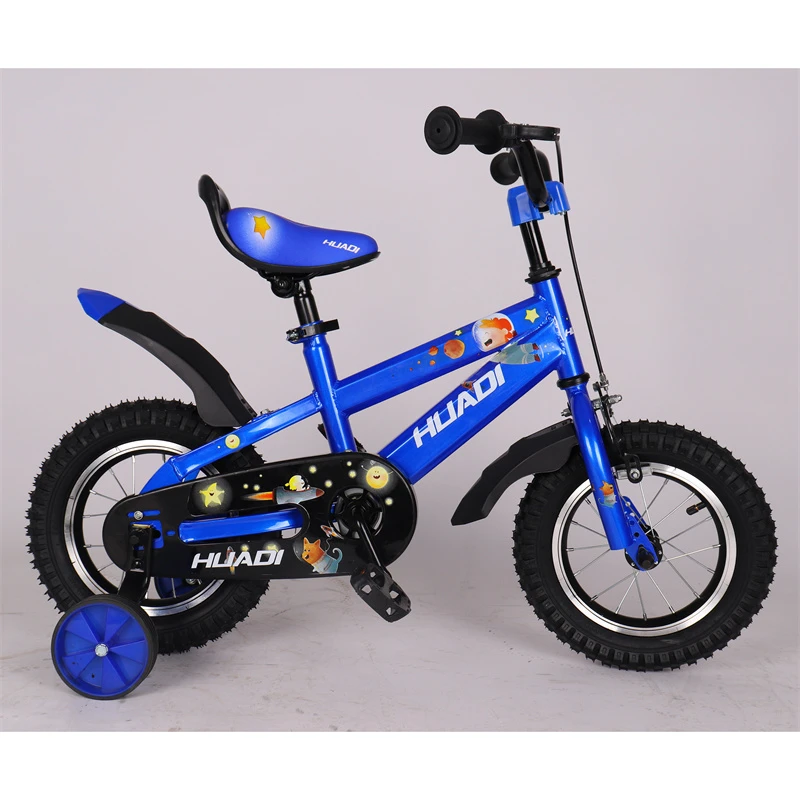Exploring the Benefits of Carbon Mountain Bikes for Enthusiastic Riders
Exploring the Carbon MTB Revolutionizing Mountain Biking with Sustainable Technology
In the world of mountain biking, the quest for performance, durability, and sustainability has brought about a significant evolution in bike design and materials. Among several innovations, carbon fiber stands out as a game-changer, particularly in creating lightweight, high-performance mountain bikes (MTBs). This article delves into the benefits of carbon fiber in mountain biking, its environmental implications, and the future of cycling technology.
The Rise of Carbon Fiber in Mountain Biking
Carbon fiber has become increasingly popular in the mountain biking community due to its unique properties. Unlike traditional aluminum or steel bikes, carbon fiber is a composite material that consists of thin strands of carbon woven together and then bonded with resin. This process results in a material that is not only incredibly strong but also remarkably lightweight.
The advantages of carbon fiber bikes are clear. A reduction in weight enhances the bike's handling and allows for more efficient climbing on steep terrains. Riders can experience improved agility and speed, making carbon fiber MTBs the preferred choice for competitive athletes and recreational bikers alike. Furthermore, manufacturers have the ability to design frames that are tailored to specific riding styles or conditions, such as downhill racing or cross-country trails, by customizing the layup and orientation of the carbon fibers.
Durability and Performance
One of the most significant selling points of carbon fiber is its durability. While it may seem counterintuitive that such a lightweight material could withstand the rigorous demands of off-road biking, carbon fiber has impressive resilience against impacts and bending. Modern manufacturing techniques, including advanced molding processes, have further enhanced the material's ability to absorb shocks and vibrations. This means that carbon fiber MTBs can handle rough terrains without compromising performance or comfort.
Moreover, the stiffness-to-weight ratio of carbon fiber allows for better energy transfer. When a rider pedals, more energy is redirected into forward motion rather than being absorbed by the frame. This efficiency provides an edge on climbs and helps bikers maintain higher speeds on flat surfaces. As a result, riders can enjoy both enhanced performance and an exhilarating experience on their trails.
carbon mtb

Environmental Considerations
While carbon fiber offers numerous advantages, it is essential to consider its environmental impact. The production of carbon fiber is energy-intensive, and the material itself is not biodegradable. However, many manufacturers are beginning to address these concerns. Some companies are investing in recycling programs for carbon fiber, aiming to reduce waste and promote sustainable practices. Additionally, innovations in manufacturing processes seek to lower the overall carbon footprint associated with producing carbon components.
Furthermore, the durability and lifespan of carbon fiber bikes can be seen as a sustainable advantage. A well-maintained carbon MTB, if cared for properly, can last longer than its aluminum or steel counterparts. This means fewer bikes end up in landfills, reducing the environmental burden associated with frequent replacements.
The Future of Carbon MTBs
As technology continues to advance, the future of carbon mountain bikes looks promising. Emerging technologies such as 3D printing and automation in carbon fiber production may lead to even lighter and more robust designs. The integration of smart technologies is also on the horizon, with bike manufacturers exploring possibilities for incorporating sensors and data analysis tools that can enhance the riding experience and provide real-time feedback to cyclists.
The trend towards personalization and custom-fit bikes is another area where carbon fiber shines. As more riders seek unique designs that cater to their specific preferences, the versatility of carbon fiber will play a crucial role in enabling bespoke manufacturing.
In conclusion, carbon fiber is set to play a pivotal role in the evolution of mountain biking technology. Its lightweight, durability, and potential for sustainable practices position it as a material of choice for the future of cycling. As both environmental concerns and performance demands rise, the carbon MTB may indeed be at the forefront of a revolution in how we experience the thrill of mountain biking. Embracing these innovations will not only enhance our rides but also contribute to a more sustainable future in the sport we love.
-
The Perfect Baby TricycleNewsAug.11,2025
-
Ride into Fun with Bikes for KidsNewsAug.11,2025
-
Ride into Adventure with the Perfect Kids Balance BikeNewsAug.11,2025
-
Fun and Safe Riding with the Best Childrens ScootersNewsAug.11,2025
-
Find the Perfect Childrens Bike for Your Little OneNewsAug.11,2025
-
Explore the Best Baby Tricycles for Your Little OneNewsAug.11,2025
-
Three-Wheel Light-Up Scooter Benefits for KidsNewsJul.11,2025








